

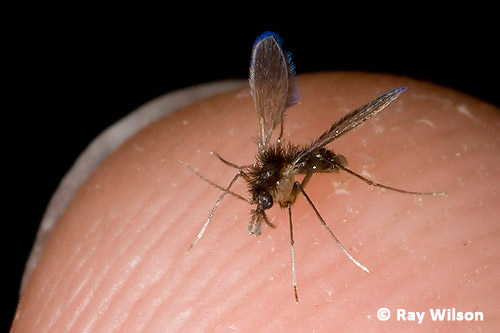
The phlebotomine sand flies comprise around 3000 species of small flies (2-3mm) found throughout most of the warmer climes of the world. Of these, about 80 species are implicated in the transmission of protozoan Leishmania parasites to various vertebrate host species.
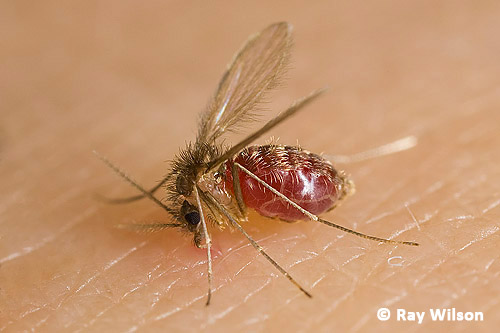
In humans, there are basically four separate types of symptomatic leishmaniasis that are dependent on the species of Leishmania parasite transmitted. These are:
There are no vaccines, but the disease is curable if caught relatively early. The available drugs, however, are quite toxic and can cause serious side effects. Researchers are currently attempting to develop a vaccine and safer, more effective drugs.
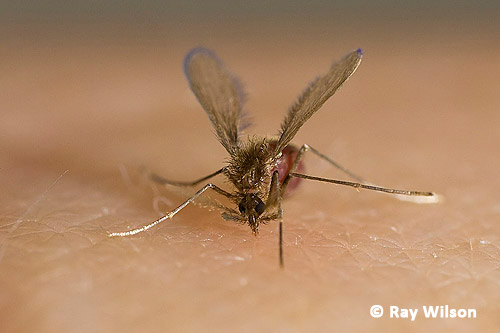
In South America, Lutzomyia longipalpis is the main vector of Leishmania infantum which causes visceral leishmaniasis, a lethal form of the disease if left untreated. Since it is genetically identical to the Old World form, it is thought that Le. infantum was transported to the New World about 400-500 years ago by Spanish or Portuguese colonists through bringing infected dogs with them. It was then subsequently spread through the unfortunate coincidence that the parasite is able to complete its life-cycle within Lutzomyia longipalpis, a sand fly native to South America.
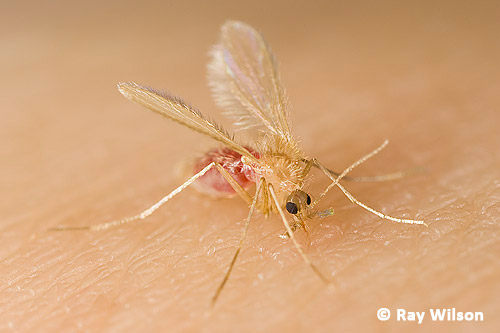
Like all parasite-insect relationships, there is a constant evolutionary war being waged between host and parasite. In many cases, only a single Leishmania species is capable of completing its life-cycle within a particular sand fly species, with all other species being efficiently killed by the sand fly's immune responses and physiological barriers to infection.
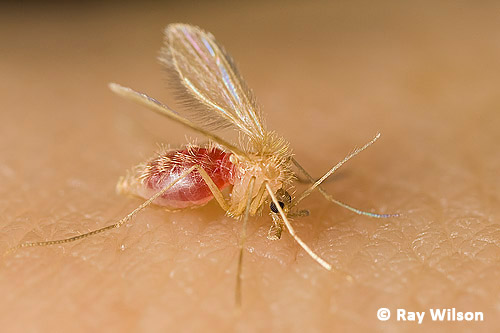
This is the case with P. papatasi, within which only Le. major is capable of fully developing and being transmitted to the next mammalian host.
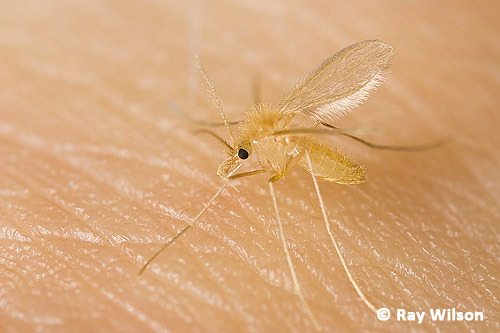
Likewise with the Central and West Asian species, P. sergenti. Only Le. tropica is capable of being transmitted by this species.
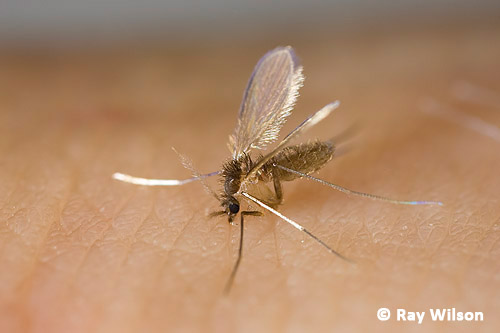
P. argentipes is an important transmitter of the form of visceral leishmaniasis caused by Le. donovani in the Indian Subcontinent and East Africa.
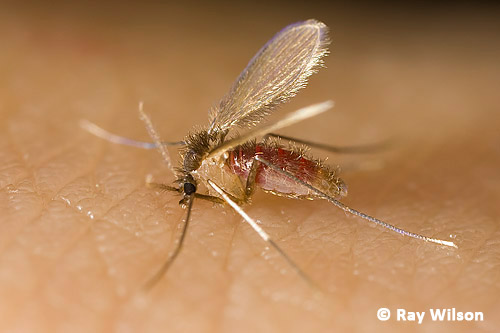
There are a few sand flies that have a more "permissive" physiology which allows the development of several species of Leishmania within their guts. Both Lutzomyia longipalpis and P. perniciosus fall into this category. Both are also important vectors of the Le. infantum-caused form of visceral leishmaniasis in South American and the Mediterranean basin, respectively. Thankfully, neither are particularly anthropophilic with both species preferring to bite dogs if given the choice.
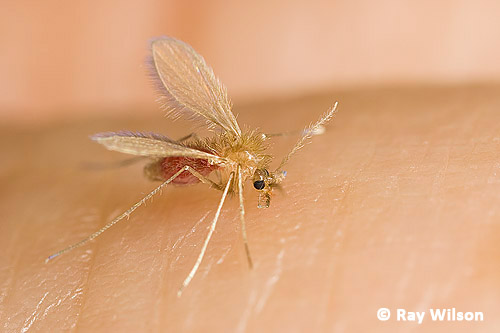
Similar to mosquitoes, sand flies only require bloodmeals for the development of their eggs. Male sandflies never bite and the females can survive for long periods on a diet of nectar.
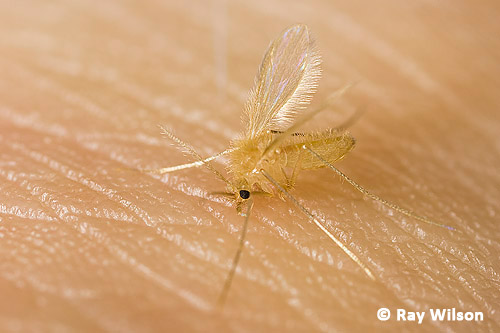
The way in which they feed differs markedly, however. Whereas mosquitoes use their long, piercing mouthparts similar to a hypodermic syringe and tap directly into a blood vessel to feed, sand flies have much shorter, serrated mouthparts that they use to "saw" into the upper layers of the skin and then suck up the blood that pools into the wound.
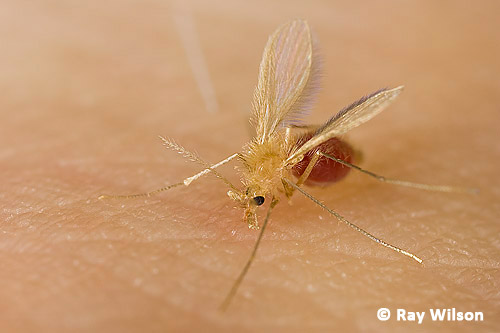
Thanks to my friends in the Petr Volf lab at Charles University in Prague, plus CP Ooi and Paul Bates for their help and allowing the flies to bite their arms while I photographed them. All of the sand flies in the above photos were from laboratory reared colonies and photographed under controlled conditions.
Ray Wilson owns the copyright of all images on this site.
They may not be used or copied in any form without prior written permission.
raywilsonphotography@googlemail.com